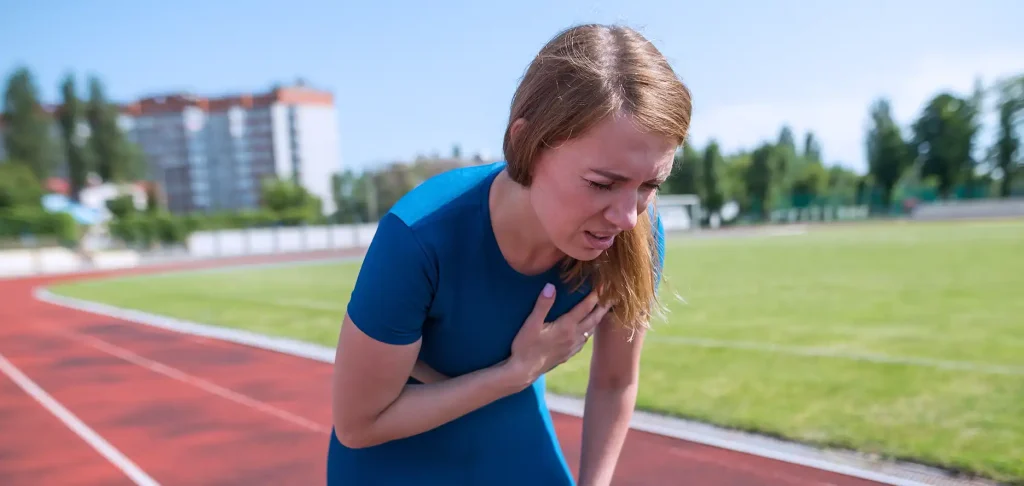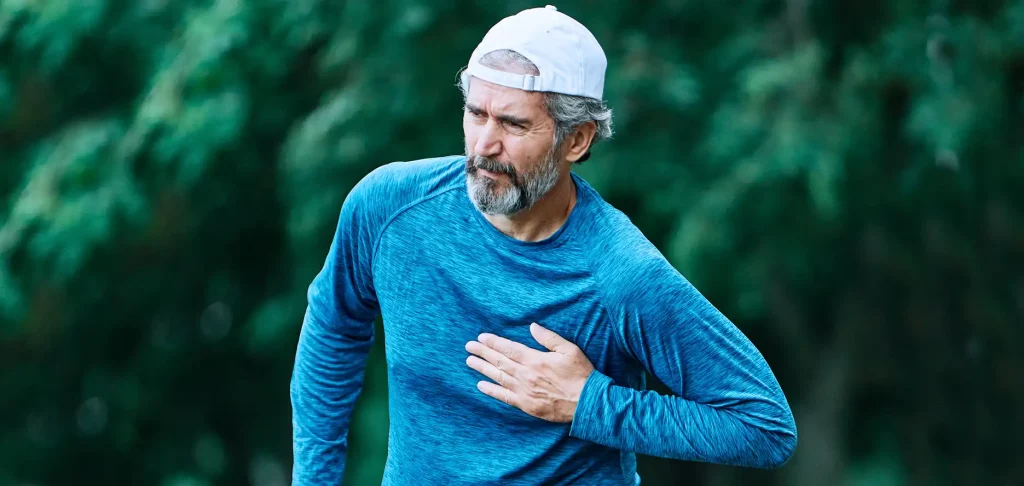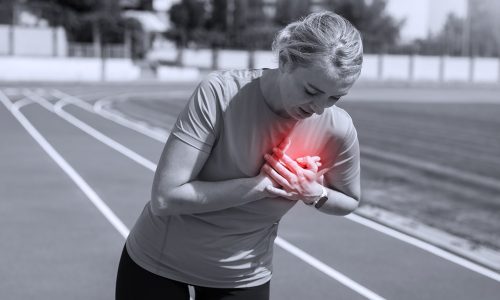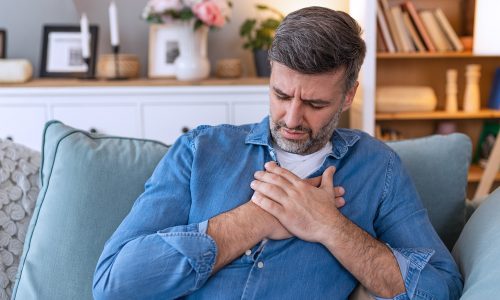Most of us assume that athletes are the definition of heart health — lean, strong, and in great shape. We often picture athletes as the ultimate example of heart health — fit, strong, and full of endurance.
What Exactly Is SCAD?
SCAD happens when a sudden tear develops in the inner layer of a coronary artery. This tear can disrupt blood flow to the heart, sometimes triggering a heart attack — even in people with no history of heart problems or common risk factors.
Why SCAD Matters for Athletes

You might think something like SCAD only affects older adults or people with existing heart issues , but that’s not always the case. In fact, it might surprise you to learn that SCAD is behind 35% of heart attacks in women under 50, according to a 2020 study published in Circulation. That’s a big number for something most people haven’t even heard of.
And while it’s more common in women, doctors are now seeing it show up in men too , especially among endurance athletes like long-distance runners, cyclists, and even bodybuilders.
If you’re unsure whether your symptoms are heart-related, reaching out to the best cardiologists near me can help provide clarity and possibly save your life.
What Does SCAD Feel Like?

The warning signs of SCAD are often mistaken for other things , like anxiety, overexertion, or even heartburn. Here’s what to watch for:
- Sudden chest pain or tightness
- Shortness of breath
- Dizziness or lightheadedness
- Pain radiating to your neck, jaw, or arm
- Nausea or a cold sweat
Some people pass it off as dehydration or stress, especially athletes used to pushing through pain. But any of these symptoms after or during intense activity is a red flag. A quick call to the best cardiologists near me can lead to timely testing and early diagnosis.
How Is SCAD Diagnosed?

Standard heart tests might not detect SCAD. Many patients are shocked to learn they’ve had a heart attack with zero prior history of heart disease.
That’s why it’s important to find doctors who are experienced in treating rare conditions like SCAD. If you’re located nearby, the best heart care center Arizona is equipped with advanced diagnostic tools and cardiology experts familiar with this condition.
Treatment usually involves:
- Medications to prevent clots and reduce heart strain
- Rest and recovery time
- Cardiac rehabilitation
- Lifestyle monitoring and slow return to exercise
Surgery is rarely needed unless the artery is severely blocked or the tear is in a dangerous location.
SCAD Recovery: What to Expect
If you’re navigating best heart specialists near Buckeye, The best heart specialists will give you more than medical advice—they’ll build a tailored plan that meets your body and your spirit where you’re at.
These experts don’t just treat your heart. They often work with sports medicine pros to help you return to activity safely—and mental health professionals to support what’s happening in your mind, too.
That means:
- A recovery plan built just for you
- A thoughtful roadmap back to training or competition
- A carefully balanced mix of care and caution
- Support for emotional and physical wellness along the way
Another advantage of the best heart specialists near Buckeye is that they’ll help you create a safe path back to your sport, balancing passion with protection.
Prevention Isn’t Always Possible , But Awareness Helps
Because SCAD can strike without clear warning, the focus is on early detection and rapid care. Athletes should never ignore unusual chest sensations, dizziness, or fatigue. And if you’ve had a SCAD episode, it’s important to work with the best heart care center Arizona for long-term follow-up.
Final Thought
SCAD might be rare, but it’s something every athlete — and honestly, anyone — should know about. Being fit doesn’t make you invincible. Studies show people often wait up to 11 years to get the support they need. That’s a long time to feel stuck, lost, or alone.



